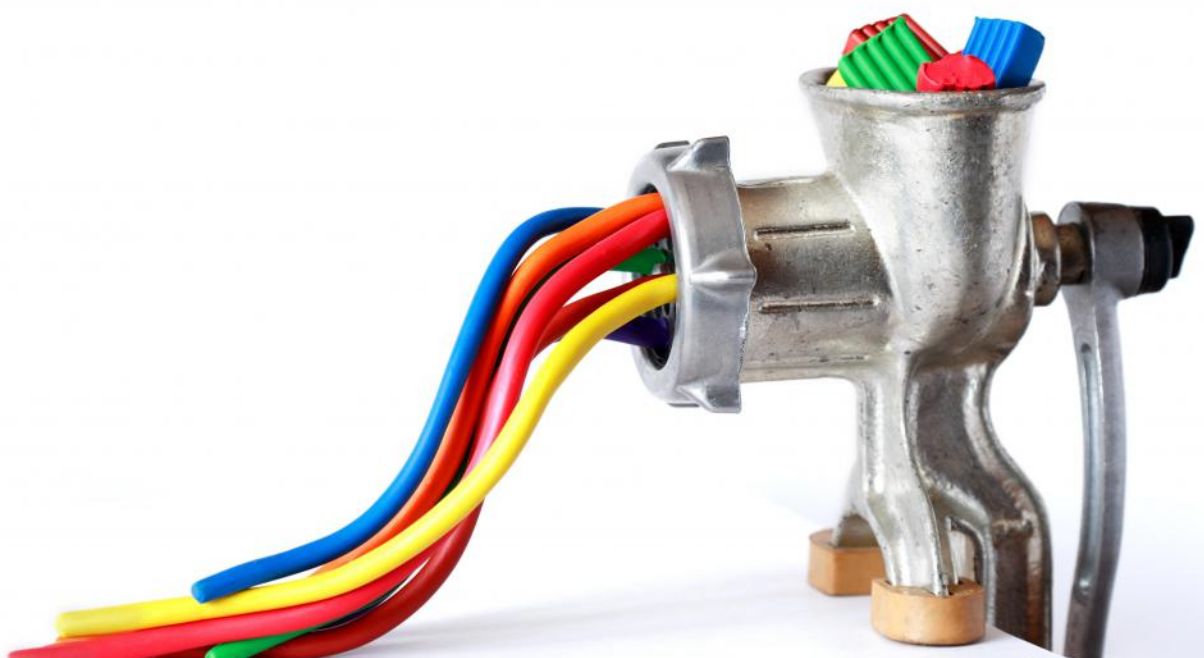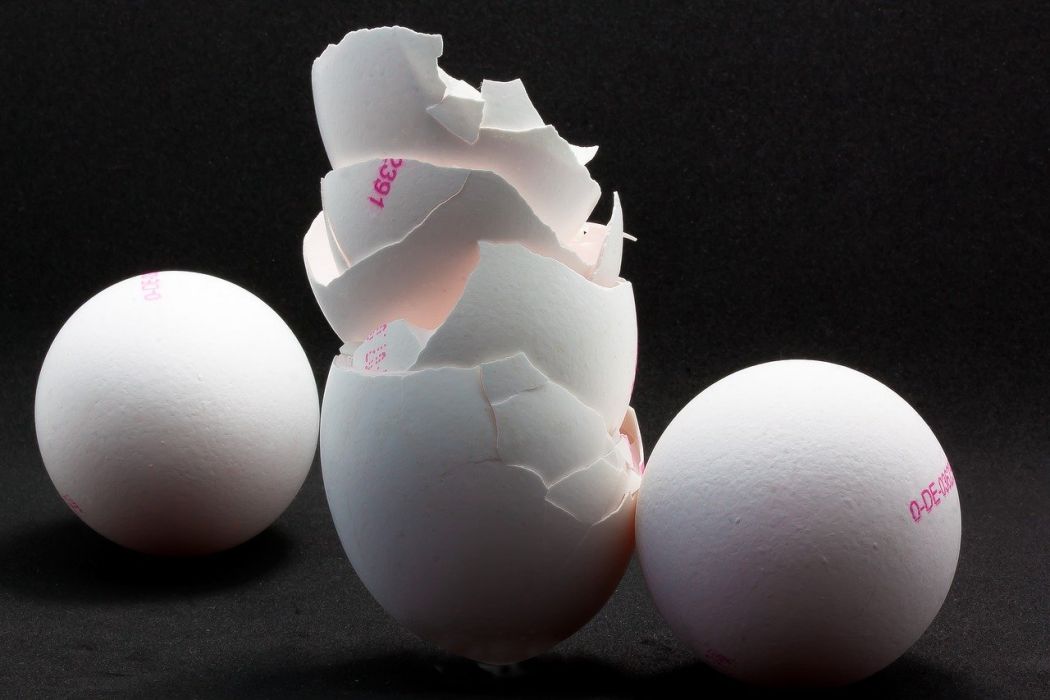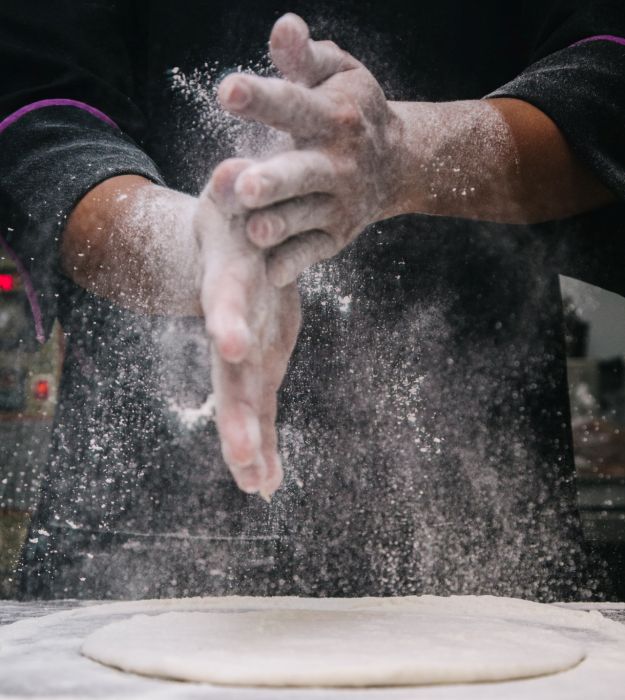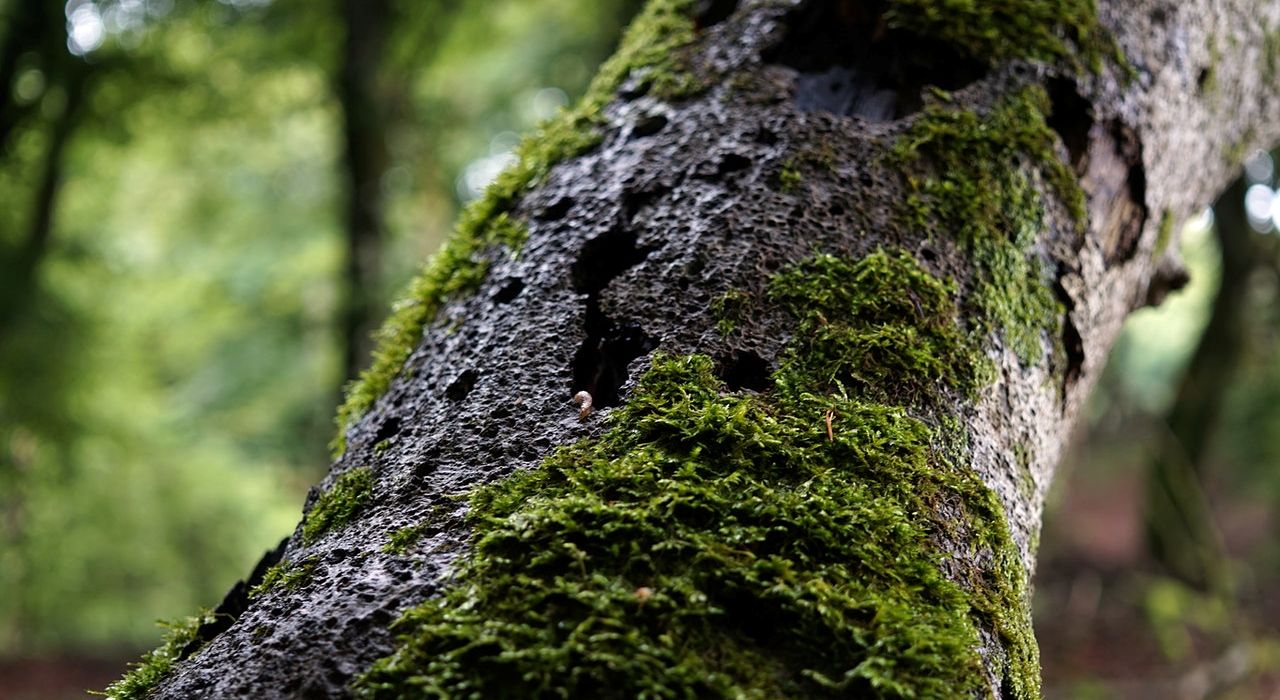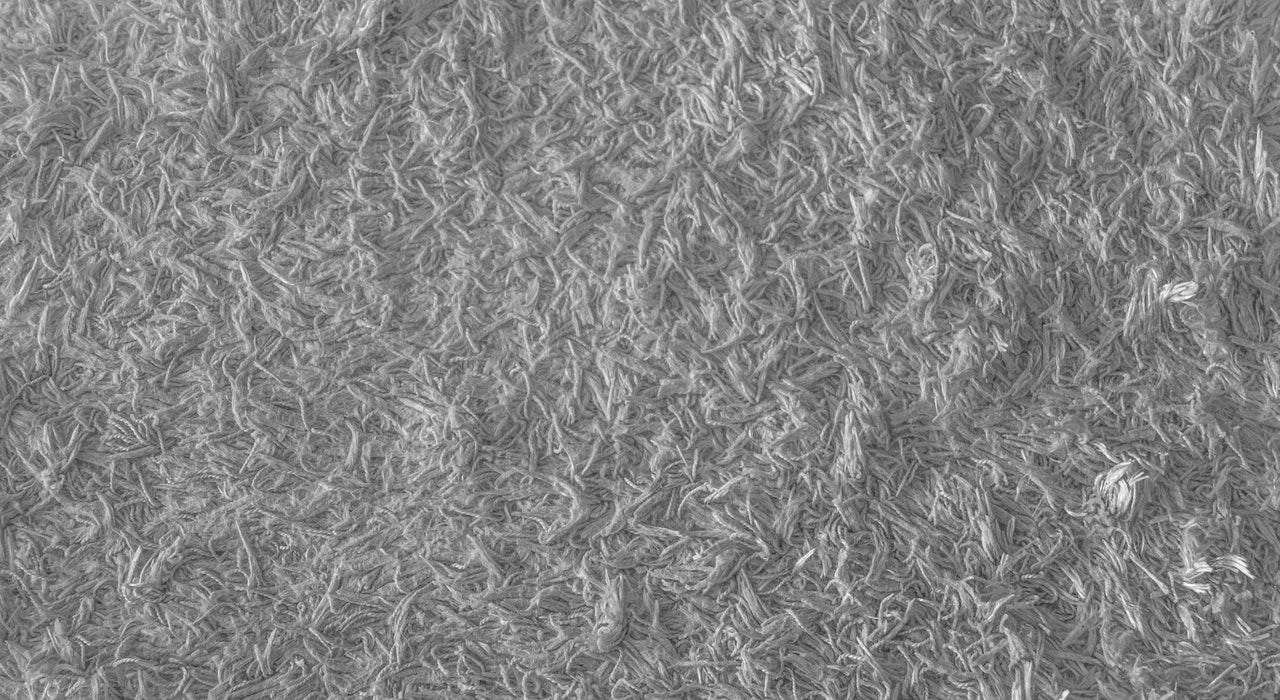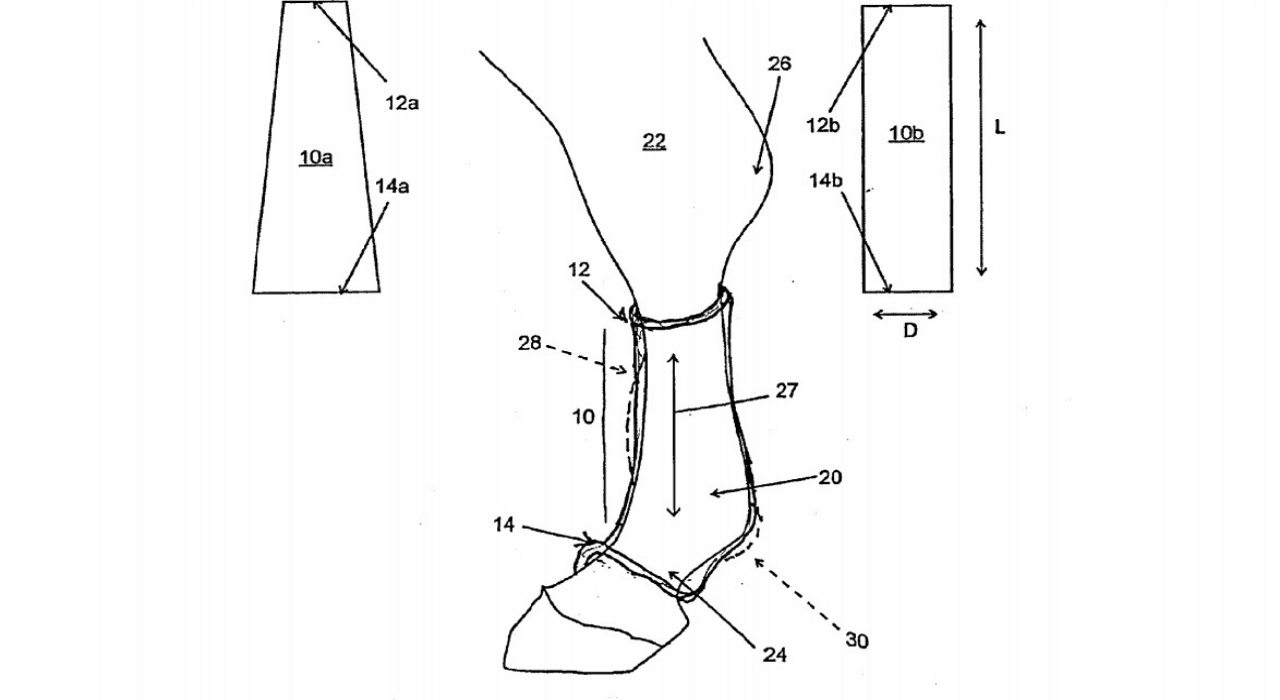Patent claims often recite structural limitations in combination with one or more properties. In the chemical arts, for example, a claim might recite a copolymer comprising certain monomer components, where the copolymer has certain rheological properties (e.g., melt flow rate, die swell).
In such cases, U.S. examiners often rely on the theory of inherency to fill gaps in the prior art. If the prior art describes the claimed structural limitations, but not the claimed properties, examiners often take the position that the claimed properties would be inherent in the structure of the prior art, even though the properties are not explicitly described in the prior art (see, e.g., here and here).
Alternatively, U.S. examiners sometimes take the position that the claimed properties would result from an obvious optimization of a different property in the prior art. This issue is illustrated in the recent Patent Trial and Appeal Board (“Board”) case of Ex parte Isaka.
Claim 1 recited (in part):
A tetrafluoroethylene/hexafluoropropylene copolymer having a melt flow rate measured at 372°C of 35.0 to 45.0 g/10 minutes and a die swell of -8.0% to 5.0%…
Claim 1 also recited a detailed method by which die swell was measured.
The examiner rejected claim 1 as obvious over a combination of two references. The primary reference (“Burch”) described a tetrafluoroethylene/hexafluoropropylene copolymer having a melt flow rate overlapping the claimed range. However, Burch was silent regarding the die swell of its copolymer.
The examiner relied on a second, evidentiary reference (“Krevelen”) for the property of die swell. The examiner found that Krevelen taught a correlation between the molecular weight of a polymer and its swelling properties. The examiner found that it would have been obvious to modify the molecular weight of the copolymer in Burch to optimize the melt flow properties of the copolymer. The examiner took the position that “[i]n modifying the melt flow properties…one would also be optimizing the die swell properties, as these properties are related through the polymer weight average molecular weight.” Thus, the examiner concluded that the die swell in claim 1 would result from an obvious optimization of melt flow properties in the prior art.
The Board disagreed with the examiner. Instead, the Board agreed with the applicant that “optimizing melt flow rate and molecular weight is not equivalent to optimizing die swell properties.”
In particular, the Board found that Krevelen taught that “die swell is modified by both molecular weight and molecular weight distribution.” The Board was not convinced that modifying the molecular weight by itself (i.e., without also accounting for the molecular weight distribution) would result in optimized die swell properties reading on claim 1.
The Board concluded that the examiner “did not sufficiently explain why a person of skill in the art would have had reason to adjust molecular weight distribution or why a person of skill in the art would otherwise have reason to adjust process variables in a manner that would reach claim 1’s recited die swell of -8.0% to 5.0%.” Accordingly, the Board reversed the obviousness rejection.
Takeaway: If an examiner takes the position that a claimed property would result from an obvious optimization of a different property in the prior art, it can be helpful to argue that optimizing the property in the prior art would not necessarily optimize the claimed property. As with arguments against inherency rejections, arguments in this situation are strengthened by technical explanations, optionally supported by experimental data.
Judges: Owens, Baumeister, Range

